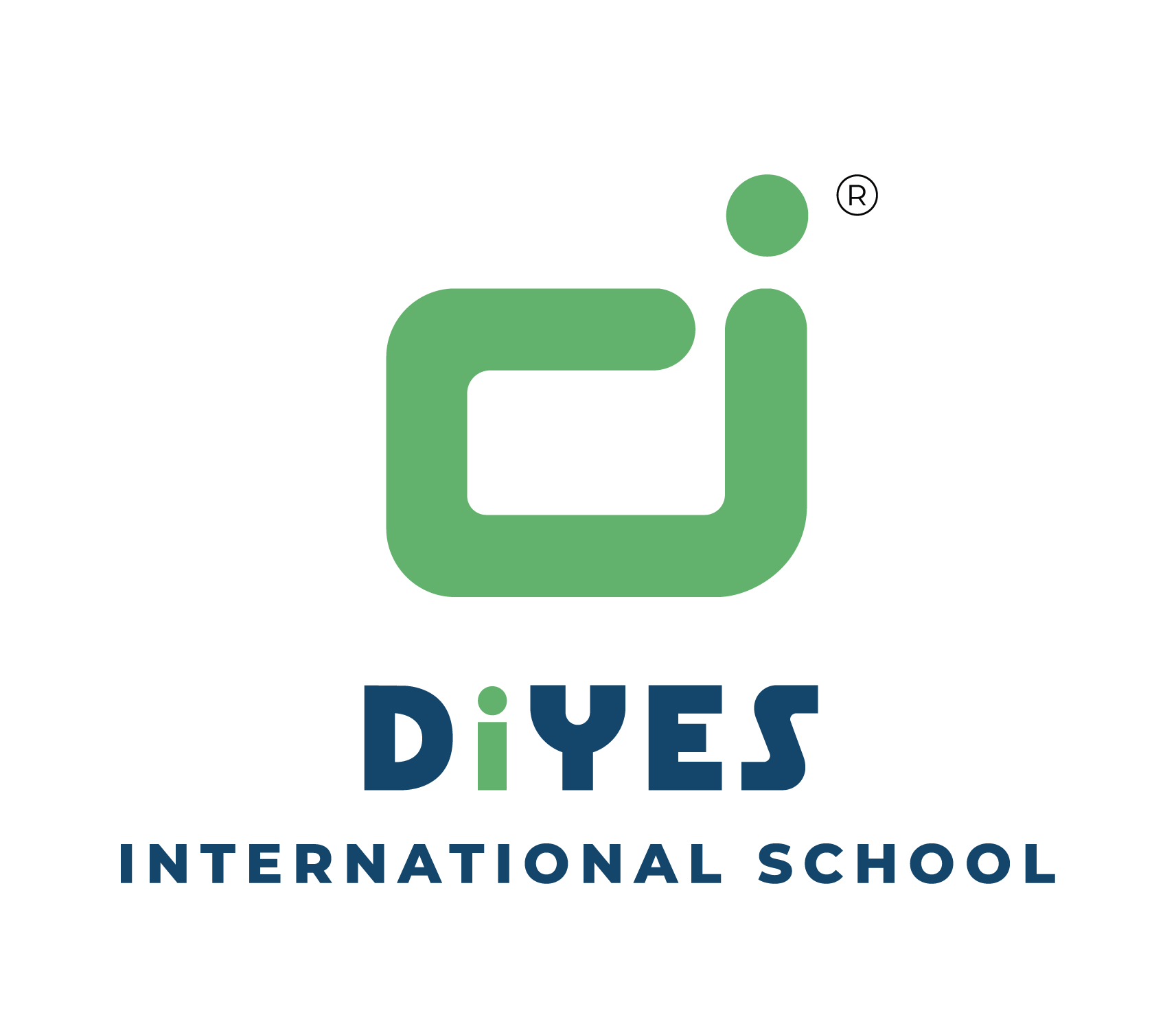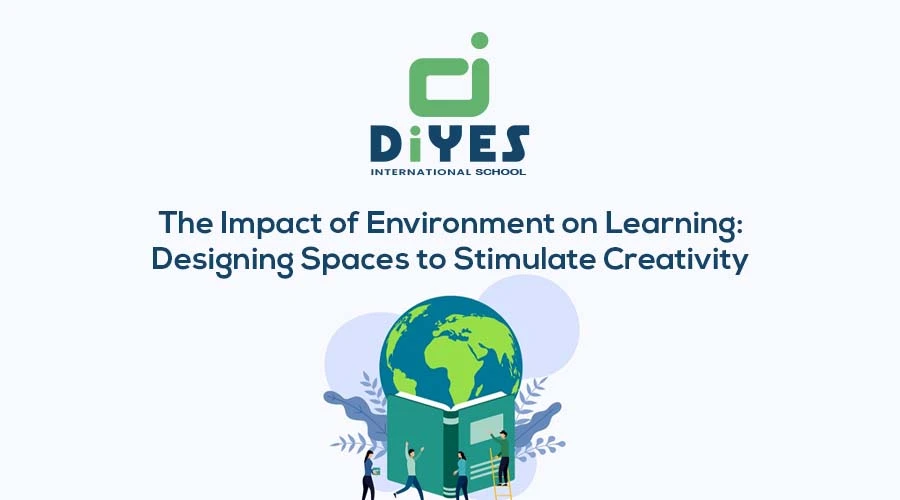In the landscape of education, the environment in which students learn is just as important as the curriculum they study. A well-designed learning space can ignite creativity, nurture collaboration, and enhance focus, ultimately leading to improved academic outcomes. As we navigate the demands of 21st-century education, it’s crucial to consider how our physical environments can be optimized to support and stimulate students’ creative capacities. This blog delves into the impact of designing learning environments on creativity and provides actionable insights for creative learning environment in education that nurture innovative thinking and holistic development.

The learning environment significantly influences students’ creativity, engagement, and overall academic performance. This blog explores how thoughtfully designed spaces can stimulate creativity and enhance learning experiences. From classroom layouts and natural elements to technological integration and flexible furniture, discover the principles and strategies for creating creative learning environments that inspire and support innovative thinking in students.
The Role of Classroom Layout in Stimulating Creativity
The arrangement and organization of a classroom can significantly influence students’ ability to think creatively and engage in collaborative learning. By considering the spatial dynamics of a classroom, educators can create environments that support various learning styles and nurture a culture of innovation.
- Flexible Seating Arrangements: Providing flexible seating options such as movable desks, bean bags, and standing desks allows students to choose their preferred learning positions. This flexibility encourages movement, comfort, and a sense of autonomy, all of which contribute to a more dynamic and engaging learning experience.
- Collaborative Workspaces: Designating areas for group work and collaborative projects nurtures teamwork and creative problem-solving. Round tables, group desks, and open floor spaces enable students to easily interact, share ideas, and work together on projects, promoting a sense of community and collective creativity.
- Dedicated Creative Corners: Creating specific areas within the classroom dedicated to creative activities, such as art stations, reading nooks, or maker spaces, provides students with opportunities to explore their interests and talents. These corners serve as hubs for innovation, where students can experiment, tinker, and express themselves freely.
- Incorporating Visual Stimulation: Utilizing vibrant colours, inspirational posters, and student artwork can create a visually stimulating environment that sparks creativity. Visual elements can serve as prompts for imaginative thinking and provide a sense of ownership and pride in the learning space.
A thoughtfully arranged classroom layout can significantly enhance students’ creativity and engagement. By providing flexible seating, collaborative workspaces, dedicated creative corners, and visual stimulation, educators can create a dynamic environment that nurtures innovation and supports diverse learning needs.
Integrating Natural Elements to Inspire Creativity
Nature has a profound impact on human creativity and well-being. Integrating natural elements into learning spaces can enhance students’ cognitive functions, reduce stress, and stimulate creative thinking. By bringing the outdoors inside, educators can create environments that are both inspiring and conducive to learning.
- Incorporating Greenery: Adding plants and greenery to the classroom can improve air quality, reduce stress, and create a calming atmosphere. The presence of nature has been shown to boost creativity and concentration, providing a refreshing and invigorating environment for students.
- Utilizing Natural Light: Maximizing the use of natural light in classrooms can enhance mood, energy levels, and cognitive performance. Large windows, skylights, and open spaces that allow for ample sunlight can create a bright and welcoming environment that stimulates creativity and learning.
- Natural Materials and Textures: Incorporating natural materials such as wood, stone, and bamboo in classroom design can create a tactile and visually appealing environment. The use of natural textures adds warmth and character to the space, making it more inviting and inspiring for students.
- Outdoor Learning Spaces: Creating outdoor learning spaces such as gardens, patios, or nature trails allows students to connect with the natural world while learning.

These outdoor classrooms provide a change of scenery and a sense of adventure, nurturing curiosity and creative exploration.
Integrating natural elements into learning spaces can significantly enhance students’ creativity and well-being. By incorporating greenery, utilizing natural light, using natural materials, and creating outdoor learning spaces, educators can design environments that are both inspiring and conducive to innovative thinking.
Technological Integration for Enhanced Creativity
Technology plays a pivotal role in modern education, offering tools and resources that can significantly enhance students’ creative capacities. By thoughtfully integrating technology into learning spaces, educators can provide students with opportunities to explore, create, and collaborate in innovative ways.
- Interactive Learning Tools: Utilizing interactive whiteboards, tablets, and digital projectors can create an engaging and interactive learning environment. These tools allow for dynamic presentations, collaborative projects, and interactive lessons that stimulate creative thinking and participation.
- Digital Creativity Platforms: Providing access to digital platforms and software for creative projects, such as graphic design, coding, music production, and video editing, empowers students to express their creativity through various mediums. These platforms enable students to experiment with new ideas and develop digital literacy skills.
- Virtual and Augmented Reality: Incorporating virtual and augmented reality experiences into the classroom can create immersive learning environments that inspire creativity and exploration. VR and AR technologies allow students to explore virtual worlds, conduct virtual experiments, and engage with interactive content in ways that traditional methods cannot.
- Online Collaboration Tools: Utilizing online collaboration tools such as Google Workspace, Microsoft Teams, and collaborative whiteboard apps enables students to work together on projects, share ideas, and communicate in real time. These tools facilitate teamwork and creative collaboration, even in remote or hybrid learning environments.
Integrating technology into learning spaces can significantly enhance students’ creativity and engagement. By utilizing interactive learning tools, digital creativity platforms, virtual and augmented reality, and online collaboration tools, educators can create dynamic and innovative environments that support and inspire creative thinking.
Designing Flexible and Adaptable Spaces
Flexibility and adaptability in classroom design are essential for accommodating diverse learning styles and nurturing a culture of creativity. By creating versatile spaces that can be easily reconfigured, educators can support various activities and learning experiences, promoting an environment of innovation and exploration.
- Modular Furniture: Using modular furniture that can be easily moved and reconfigured allows for quick adaptation to different activities and learning styles. Modular desks, chairs, and storage units enable educators to create a variety of learning environments, from individual workstations to collaborative group settings.
- Multi-Use Zones: Designing multi-use zones within the classroom allows for a seamless transition between different activities. Areas that can serve as both instructional spaces and creative workstations provide flexibility and maximize the use of available space, supporting a wide range of learning experiences.
- Movable Partitions and Dividers: Incorporating movable partitions and dividers enables educators to create smaller, focused learning areas or open up the space for larger group activities. These adaptable elements allow for a dynamic and flexible learning environment that can be tailored to meet the needs of different lessons and activities.
- Storage Solutions: Providing ample storage solutions for materials, tools, and resources ensures that the learning space remains organized and clutter-free.

Easily accessible storage encourages students to take responsibility for their materials and maintain a tidy and efficient workspace.
Designing flexible and adaptable learning spaces is crucial for nurturing creativity and accommodating diverse learning needs. By using modular furniture, creating multi-use zones, incorporating movable partitions, and providing effective storage solutions, educators can create versatile environments that support a wide range of activities and promote innovative thinking.
Conclusion
The environment in which students learn plays a critical role in shaping their creativity, engagement, and overall academic success. By thoughtfully designing learning spaces that incorporate flexible seating arrangements, natural elements, technological integration, and adaptable layouts, educators can create environments that inspire and support innovative thinking. A well-designed learning environment not only enhances students’ creative capacities but also nurtures a sense of ownership, autonomy, and collaboration, preparing them for success in an ever-evolving world.
Furthermore, the incorporation of natural elements into learning environments has a profound impact on students’ well-being and cognitive functioning. Exposure to natural light, greenery, and outdoor learning spaces can reduce stress, improve concentration, and enhance overall mood. This holistic approach to learning environment design recognizes the intrinsic connection between nature and human creativity, creating spaces where students can excel both intellectually and emotionally.
Technology integration in learning spaces also plays a pivotal role in modern education. By providing students with access to interactive tools, digital platforms, and immersive experiences, educators can nurture a culture of innovation and exploration. Technology not only enhances creative learning but also prepares students for the digital world they will navigate in their future careers. It bridges the gap between traditional learning methods and the demands of a technologically advanced society, ensuring that students are well-equipped with the skills they need.
At DiYES International School, we are committed to creating learning environments that stimulate creativity and support holistic development. Our facilities are designed with flexibility, technology, and natural elements in mind, providing students with a nurturing and inspiring space to explore their interests and talents. Through our innovative approach to education, we empower students to think creatively, collaborate effectively, and achieve their full potential.
To learn more about DiYES International School and our commitment to creating stimulating learning environments, visit our website at www.diyesinternational.edu.in or contact us at +918547609000.


